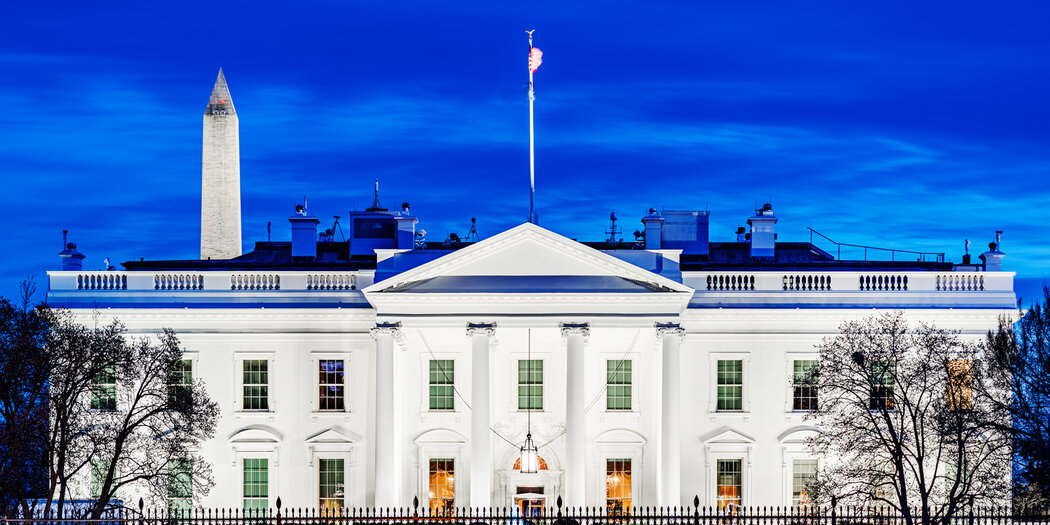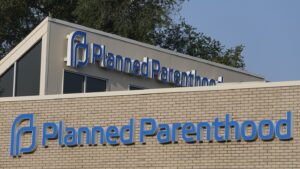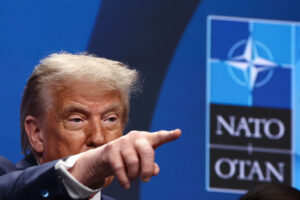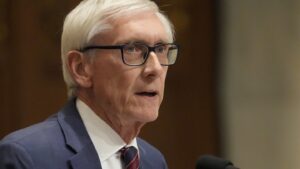The Power Struggle Between the Presidency and the Supreme Court
Recent events have highlighted a growing constitutional debate over the limits of presidential power in the United States. This tension has been brought to the forefront by a series of court rulings and the actions of the U.S. Supreme Court, raising questions about checks and balances in the government.
In a recent Oval Office encounter, a reporter referenced a Wall Street acronym, TACO, standing for “Trump Always Chickens Out,” which sparked discussions not only about presidential resolve but more significantly about the Supreme Court’s role in maintaining constitutional checks on the presidency.
Historically, constitutional disputes have centered on individual rights and the balance of power between states and the federal government. However, the current era is increasingly defined by challenges to presidential authority and how the judiciary responds to such challenges.
The lower federal courts have shown resilience, issuing numerous rulings to curb perceived abuses of power, with at least 185 decisions in recent times. A notable ruling from the Court of International Trade, located near the Brennan Center in Manhattan, struck down most of President Trump’s tariffs. The decision was made by a diverse panel of judges appointed by Presidents Reagan, Obama, and Trump, emphasizing the bipartisan nature of the judiciary’s resistance.
These tariffs were challenged based on constitutional grounds, as the power to impose tariffs is explicitly delegated to Congress. The International Emergency Economic Powers Act was cited, offering the president specific tools but not the unilateral imposition of tariffs. Despite another federal judge reaching a similar conclusion hours later, an appeals court temporarily upheld the tariffs, leaving the issue likely to be addressed by the Supreme Court.
Amid these legal battles, traditional political alignments have been disrupted. The Brennan Center has submitted a friend-of-the-court brief in a case brought by the conservative New Civil Liberties Alliance, supported by prominent figures like the Koch brothers and Leonard Leo of the Federalist Society. Despite ideological differences, these groups unite against perceived constitutional overreach.
These cases represent a wave of legal challenges to presidential actions, with many cases brought by organizations such as Democracy Forward and the American Civil Liberties Union. The judiciary’s response is not seen as undue activism but a reaction to aggressive actions by the executive branch.
As these cases progress through appeals courts and approach the Supreme Court, they face judges who may be more inclined toward presidential power. The early 2025 judicial resistance may be tested as cases reach a more ideologically driven Supreme Court.
The Brennan Center’s Constitutional Crisis Litigation Project plays a vital role in coordinating legal arguments, reminding the judiciary of its constitutional responsibilities. The outcome of these cases will significantly influence the future role of the presidency.
Recent rulings by the Supreme Court, including a decision granting expansive criminal immunity to presidents when claiming official capacity, signal potential challenges in maintaining checks on presidential power. In upcoming cases, justices appear to grapple with the complexities of executive authority, such as the power to end birthright citizenship and the issuance of nationwide injunctions against unconstitutional actions.
Another critical issue is the president’s ability to dismiss leaders of independent agencies like the National Labor Relations Board. A recent Supreme Court order allowed such dismissals to proceed during ongoing legal challenges, prompting concerns about agency independence.
The potential implications extend to other entities, such as the Federal Reserve, described as “a uniquely structured, quasi-private entity,” highlighting the nuanced approach needed in these decisions.
Upcoming rulings will address significant constitutional questions, including whether a president can dismantle agencies created by Congress or withhold appropriated funds. The application of the “major questions” doctrine and the use of the Alien Enemies Act in peacetime deportations also loom large.
While the phrase “Trump always chickens out” may capture public attention, the real test in 2025 lies with the Supreme Court’s ability to uphold its constitutional role.






